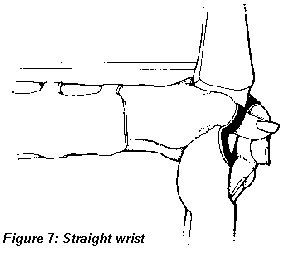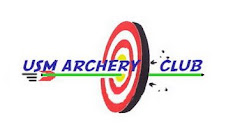Lesson 1:A sales rep, an administration clerk, and the manager are walking to lunch when they find an antique oil lamp.
They rub it and a Genie comes out.
The Genie says, 'I'll give each of you just one wish.'
'Me first! Me first!' says the admin clerk. 'I want to be in the Bahamas , driving a speedboat, without a care in the world.'
Puff! She's gone.
'Me next! Me next!' says the sales rep. 'I want to be in Hawaii , relaxing on the beach with my personal masseuse, an endless supply of Pina Coladas and the love of my life.'
Puff! He's gone.
'OK, you're up,' the Genie says to the manager.
The manager says, 'I want those two back in the office after lunch.'
Moral of the story:Always let your boss have the first say.
Lesson 2:An eagle was sitting on a tree resting, doing nothing.
A small rabbit saw the eagle and asked him, 'Can I also sit like you and do nothing?'
The eagle answered: 'Sure, why not.'
So, the rabbit sat on the ground below the eagle and rested. All of a sudden, a fox appeared, jumped on the rabbit and ate it.
Moral of the story:To be sitting and doing nothing, you must be sitting very, very high up.
Lesson 3 :A turkey was chatting with a bull.
'I would love to be able to get to the top of that tree' sighed the turkey, 'but I haven't got the energy.'
'Well, why don't you nibble on some of my droppings?' replied the bull. They're packed with nutrients.'
The turkey pecked at a lump of dung, and found it actually gave him enough strength to reach the lowest branch of the tree.
The next day, after eating some more dung, he reached the second branch.
Finally after a fourth night, the turkey was proudly perched at the top of the tree.
He was promptly spotted by a farmer, who shot him out of the tree.
Moral of the story:Bull Shit might get you to the top, but it won't keep you there..




